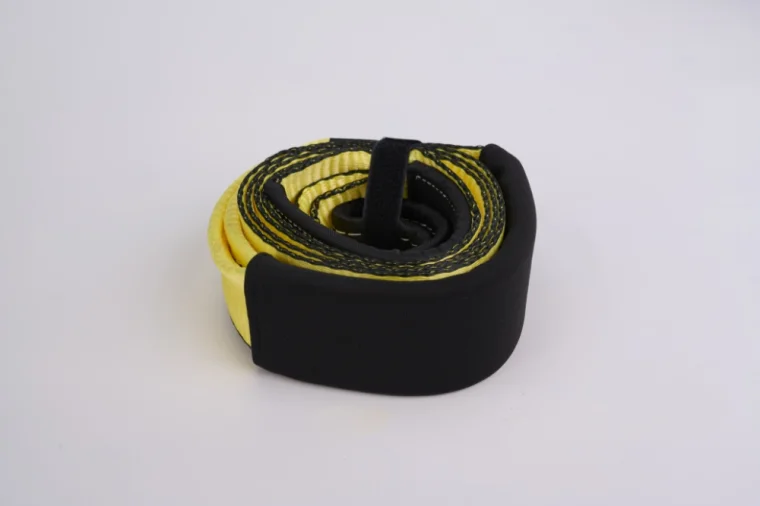When it comes to relocating or purchasing a vehicle from a distant location, one of the most pressing questions that arises is, What is the best way to ship a car? The answer to this question is multifaceted and depends on various factors, including budget, time constraints, vehicle type, and personal preferences. In this comprehensive guide, we will explore the different methods of car shipping, their pros and cons, and provide practical tips to ensure a smooth shipping experience.
Understanding Your Options
There are several methods available for shipping a car, each with its unique advantages and disadvantages. The most common methods include:
- Open Transport
- Enclosed Transport
- Door-to-Door Service
- Terminal-to-Terminal Service
- DIY Shipping
- Open Transport
Open transport is the most popular and cost-effective method for shipping vehicles. In this method, cars are loaded onto an open trailer, exposing them to the elements during transit.
Pros:
- Cost-Effective: Generally cheaper than enclosed transport.
- Widely Available: Most car shipping companies offer this service.
Cons:
- Exposure to Elements: Vehicles are susceptible to weather conditions, road debris, and potential damage.
- Less Security: Higher risk of theft or vandalism compared to enclosed transport.
- Enclosed Transport
Enclosed transport involves shipping vehicles in a fully enclosed trailer, providing maximum protection from external elements.
Pros:
- Protection from Elements: Shields the vehicle from weather, debris, and potential damage.
- Increased Security: Lower risk of theft and vandalism.
Cons:
- Higher Cost: Typically more expensive than open transport.
- Limited Availability: Not all transport companies offer this service.
- Door-to-Door Service
Door-to-door service means the transport company picks up the vehicle from your specified location and delivers it directly to your destination.
Pros:
- Convenience: Saves time and effort, as you don’t need to drive to a terminal.
- Personalized Service: Often includes more direct communication with the driver.
Cons:
- Higher Cost: Generally more expensive than terminal-to-terminal options.
- Potential for Delays: Depending on the route and logistics, delivery times may vary.
- Terminal-to-Terminal Service
In terminal-to-terminal shipping, the vehicle is dropped off at a designated terminal and picked up at another terminal.
Pros:
- Cost-Effective: Usually cheaper than door-to-door service.
- Flexibility: Allows for more scheduling options.
Cons:
- Inconvenience: Requires additional travel to and from terminals.
- Potential for Damage: Vehicles may be moved multiple times, increasing the risk of damage.
- DIY Shipping
For those who prefer a hands-on approach, DIY shipping involves renting a trailer or using a tow dolly to transport the vehicle yourself.
Pros:
- Cost Savings: Can be cheaper if you have the necessary equipment.
- Control: You have complete control over the transport process.
Cons:
- Time-Consuming: Requires planning and effort.
- Risk of Damage: Higher risk of accidents or damage during transport.
Factors to Consider When Choosing a Shipping Method
When deciding on the best way to ship a car, consider the following factors:
- Budget: Determine how much you are willing to spend on shipping. Open transport is generally the most affordable option, while enclosed transport offers the best protection at a higher cost.
- Time Constraints: If you need your vehicle shipped quickly, door-to-door service may be the best option. However, if you have more time, terminal-to-terminal shipping could save you money.
- Vehicle Type: Luxury, classic, or high-value vehicles may benefit from enclosed transport to minimize risk. Standard vehicles may be fine with open transport.
- Distance: For long-distance shipping, consider the potential for delays and choose a method that aligns with your timeline.
- Insurance Coverage: Ensure that the shipping company provides adequate insurance coverage for your vehicle during transit. Review the policy details to understand what is covered in case of damage or loss.
Conclusion
Shipping a car doesn't have to be a daunting task. By understanding the various methods available and considering your specific needs, you can make an informed decision that ensures your vehicle arrives safely and efficiently. Whether you opt for open transport, enclosed transport, or a DIY approach, the key is to do your research, compare quotes, and choose a reputable shipping company. With the right preparation and knowledge, you can navigate the roads of car shipping with confidence.





